Reportar esta entrada
Más sobre la misma comunidad-colección
Black & Chicanx Community Table: Community Recipes
Featured Recipe: Tacos Dorados con Rajas y Costra de Queso by ...
Black & Chicanx Community Table: Community Recipes
Featured Recipe: Palo a pique by Carmen Olimpia
Type: Main ...
Black & Chicanx Community Table: Community Recipes
Featured Recipe: Palo a pique by Carmen Olimpia
Type: Main ...
Black & Chicanx Community Table: Community Recipes
Featured Recipe: Chicken Piccata by Andrea Read
Type: Main ...
Black & Chicanx Community Table: Community Recipes
Featured Recipe: Chicken Piccata by Andrea Read
Type: Main ...
Black & Chicanx Community Table: Community Recipes
Featured Recipe: Vegan Pozole Verde by Susana
Type: Main ...
Black & Chicanx Community Table: Community Recipes
Featured Recipe: Vegan Pozole Verde by Susana
Type: Main ...
Black & Chicanx Community Table: Community Recipes
Featured Recipe: Pollo Colorado by Javier Segovia
Type: ...
Black & Chicanx Community Table: Community Recipes
Featured Recipe: Pollo Colorado by Javier Segovia
Type: ...
Black & Chicanx Community Table: Community Recipes
Featured Recipe: Consuelo's Salsa Verde by Natasha
Type: ...
Black & Chicanx Community Table: Community Recipes
Featured Recipe: Consuelo's Salsa Verde by Natasha
Type: ...
Black & Chicanx Community Table: Community Recipes
Featured Recipe: Maple Apple & Peanut Butter Snack by ...
Black & Chicanx Community Table: Community Recipes
Featured Recipe: Maple Apple & Peanut Butter Snack by ...
Black & Chicanx Community Table: Community Recipes
Featured Recipe: Churros by Jennifer Schaefer
Type: ...
Black & Chicanx Community Table: Community Recipes
Featured Recipe: Churros by Jennifer Schaefer
Type: ...
Black & Chicanx Community Table: Community Recipes
Featured Recipe: Sugar Cookies by Mayte Gonzalez
Type: ...
Black & Chicanx Community Table: Community Recipes
Featured Recipe: Sugar Cookies by Mayte Gonzalez
Type: ...
Black & Chicanx Community Table: Community Recipes
Featured Recipe: Overnight Oats by Jessica
Type: Good for ...

















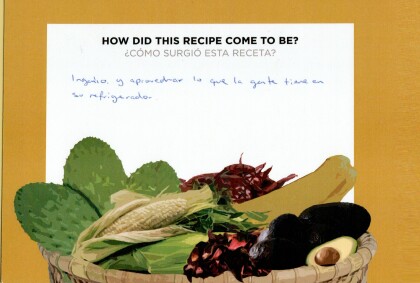
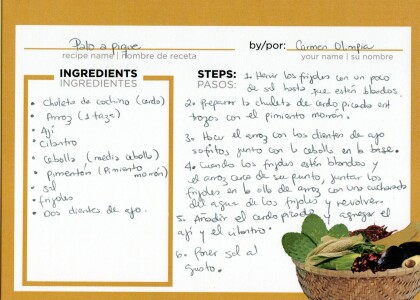
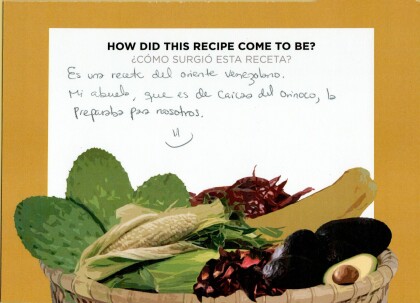
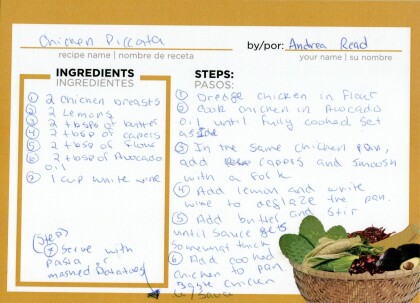

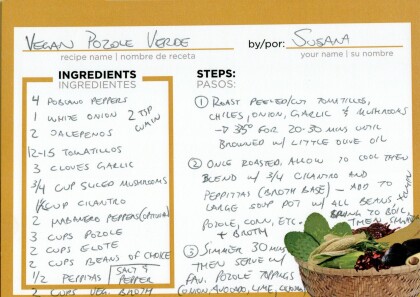
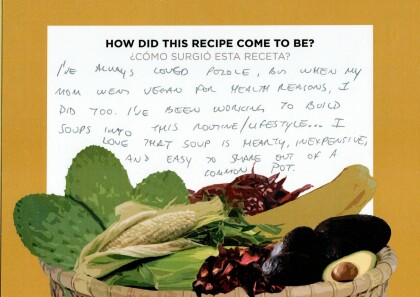


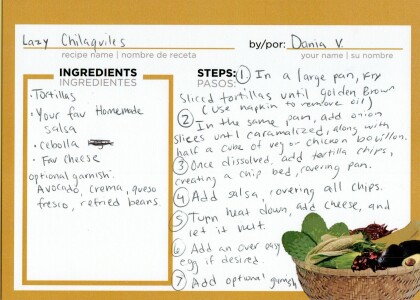

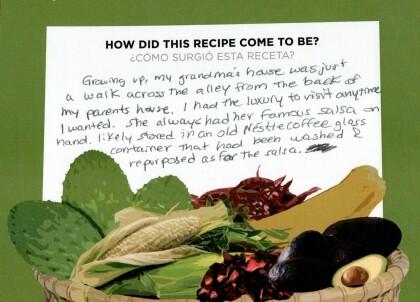

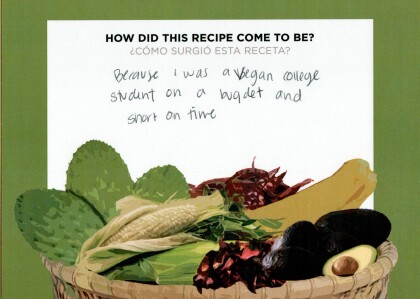

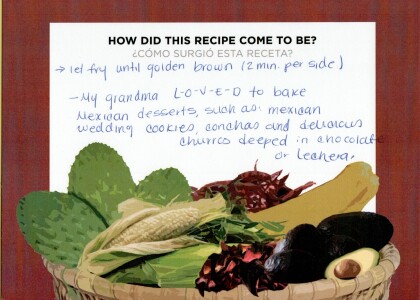

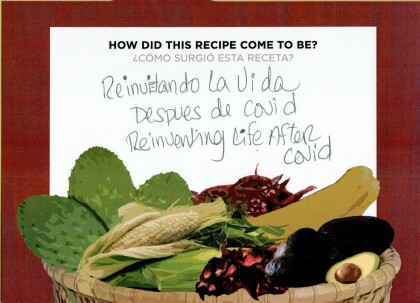
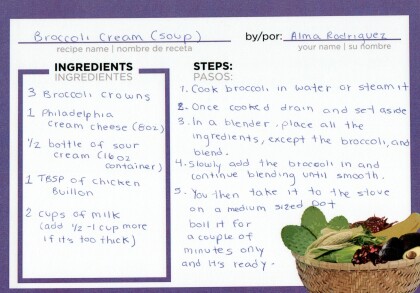
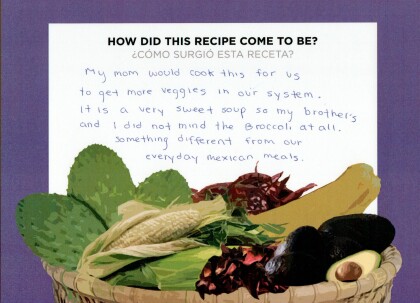
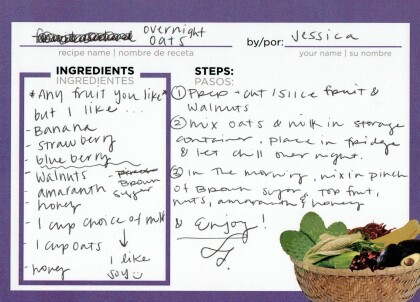
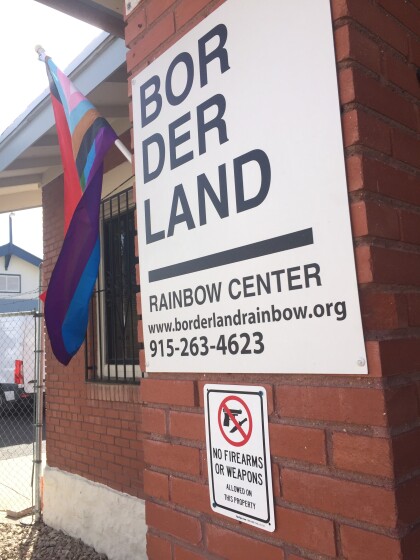
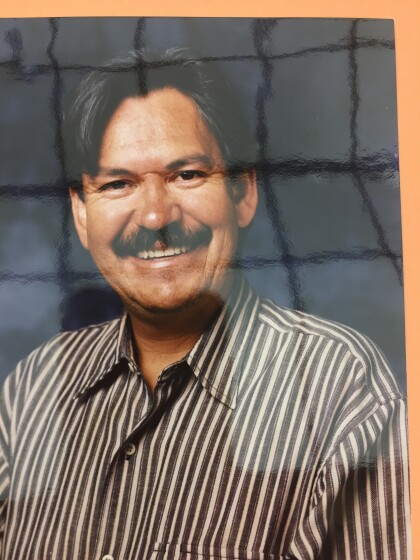
Comentarios
Hacer un comentario